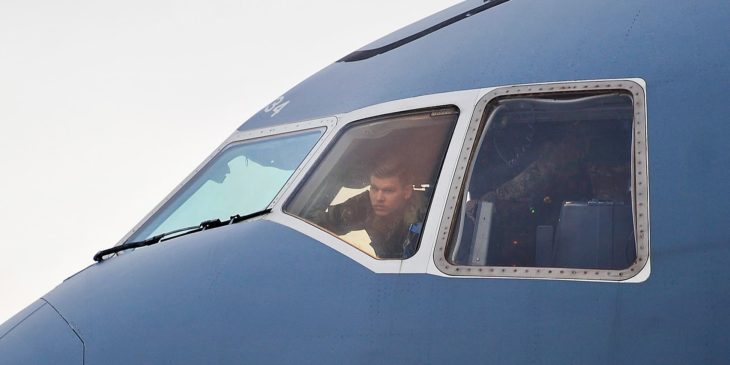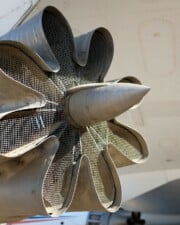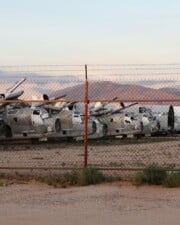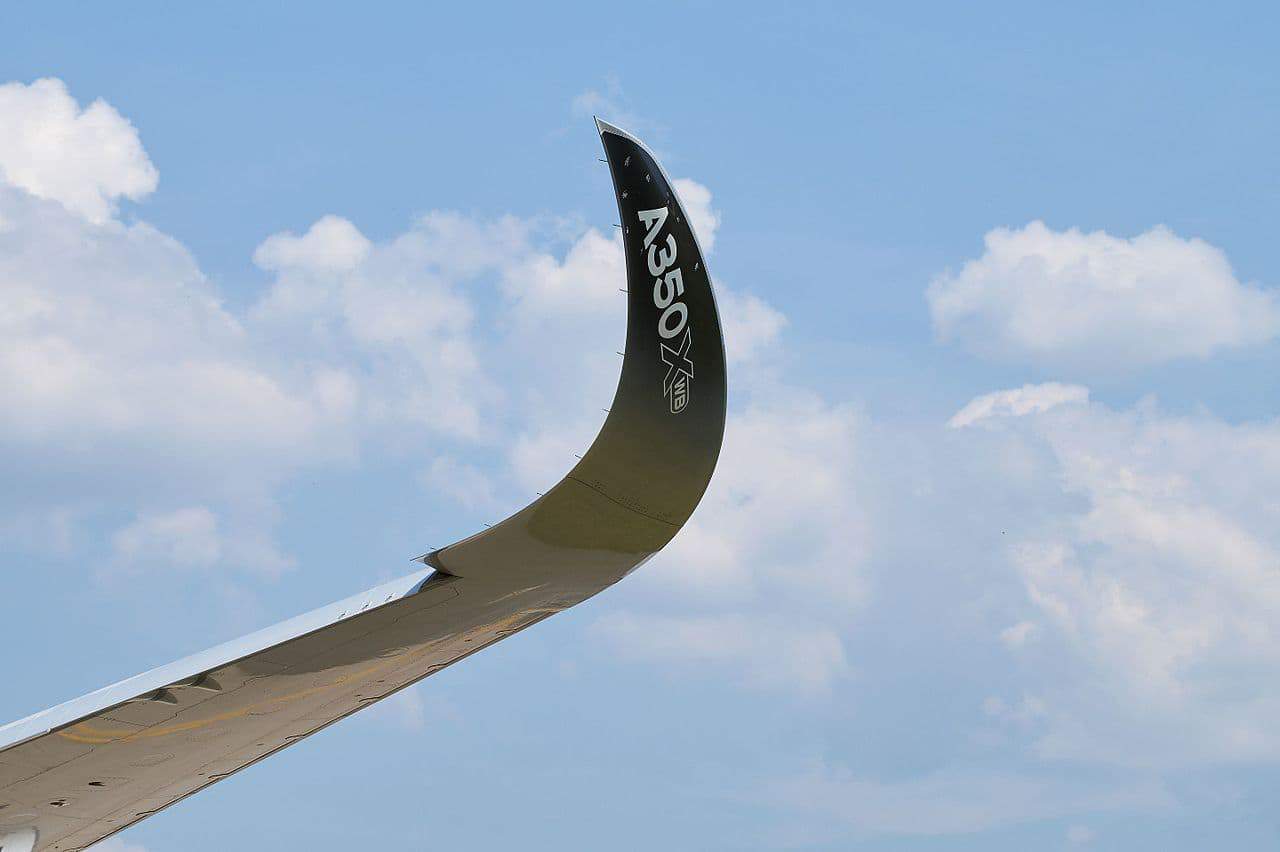Have you ever wondered what airline pilots do when they’re in the air and it starts to rain? Do airplanes even have windshield wipers, and if so, how do they work? These may sound like silly questions, but like any other type of vehicle that moves, it is important that airplanes have some way to eliminate the rain and dampness so that everyone on the plane is much safer.
Do Airplanes Have Windshield Wipers?
Essentially, pilots use a variety of methods to deal with rain on their windshields, including basic windshield wipers, jet blasts or pneumatic rain removal, seal coatings over the windshields, and chemical rain repellents. Most use one or more of these methods when rain threatens to block their view, and many of them are much simpler to use than you think.
Basic Windshield Wiper Systems
Airplane windshield wiper systems include a basic system that consists of wiper blades that work by the electrical system on the plane. The system consists of the wiper itself, a wiper arm, and a wiper motor or converter. Some planes are equipped with wipers for both the pilot and co-pilot which work off of the same electrical system, while some planes have wipers on two separate systems in case one of them fails.
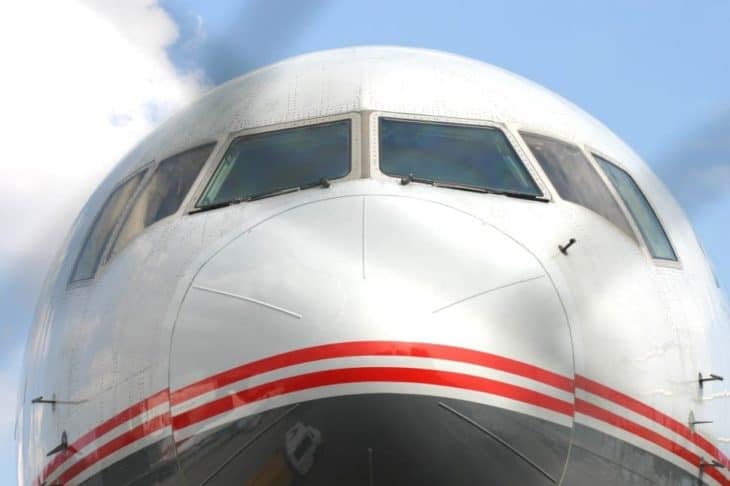
These days, nearly all windshield wipers found on airplanes work through the planes’ electrical system, although some of the smaller planes still use hydraulic wiper motors. There are several requirements for these wiper systems to remain efficient. These include basic troubleshooting whenever necessary, operational checks, and adjustments.
Troubleshooting is necessary whenever a problem seems to be brewing or if the wipers are simply not working the way they should be. A qualified airplane mechanic is able to ascertain quickly what is wrong with the plane’s windshield wiper blades and can usually fix the problem immediately, even though preventative measures usually mean faster and less-expensive repairs.
Operational checks are usually conducted when something is replaced or if you merely suspect that the system isn’t working properly. Mechanics usually make sure the windshield area that the wipers cover is free of debris and foreign matter and that it is kept wet by the use of water. Both of these are important to having a fully functional windshield wiper blade system.
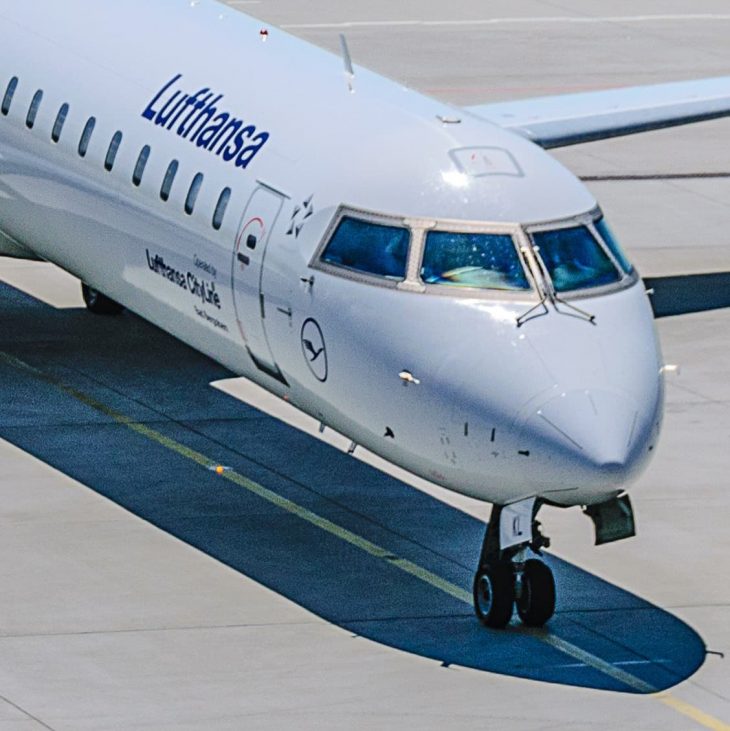
Adjustments for the windshield wipers on an airplane usually consist of an adjustment of the tension associated with the wiper blade, as well as the correct parking of the wiper blades and the angle at which the blade passes over the windshield. In other words, the mechanic wants to make sure everything moves and operates the way it’s supposed to.
Other Types of Windshield Wiper Systems
In addition to basic windshield wiper systems, airplanes also use chemical rain repellent systems, which usually consist of treating the glass with certain chemicals so that the water then behaves a lot like mercury does when it hits the glass. In other words, the water beads up so that most of the glass can be easily seen.
With the chemical rain repellent system, the water is quickly and easily removed from the windshields so that better vision is attained immediately and continuously. Most of the time, this type of system is operated by the pilots in the cockpit, who push a button or pull a switch to make the system begin working.

Of course, with a rain repellent system, certain restrictions do apply. For one thing, this is not the system you want to use in dry conditions or if it is merely sprinkling. This is because smearing can result and even some staining or corrosion of the aircraft skin. If you accidentally turn on the system when it’s dry or only raining lightly, it is important that you clean the windshield off thoroughly the first chance you get.
With a chemical rain repellent system, you also have to reapply the chemicals periodically, with the length of time between applications dependent on things such as how often the wipers have been used, the intensity of the rain, and the type of chemical used as a repellent. Therefore, chemical rain repellent systems are generally only used in very wet conditions.
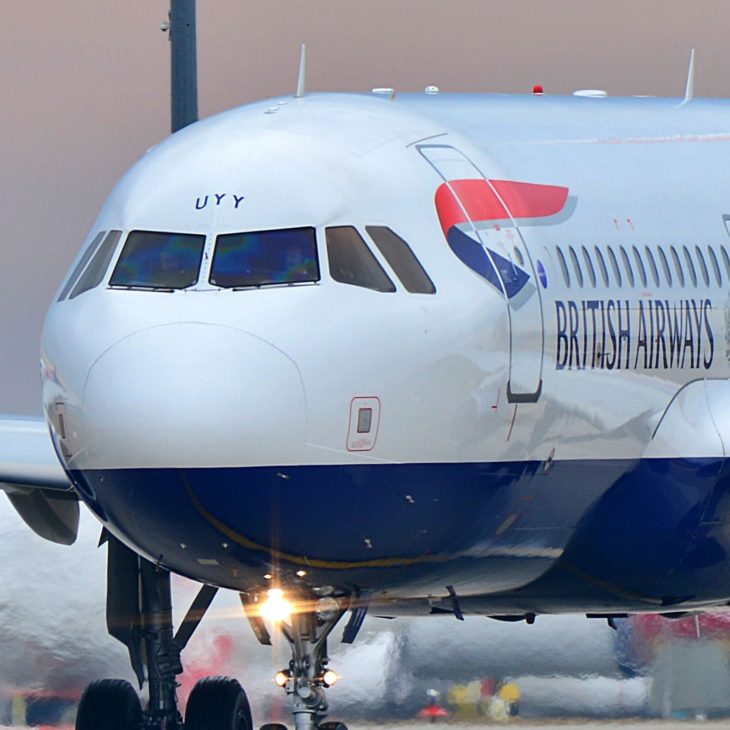
Yet another system for removing rain on airplane windshields is a seal coating that works without the use of the windshield wipers. Known as a hydrophobic coating, it is applied to the external surface of the windshields on both the pilots’ and co-pilots’ side of the plane. It has excellent visibility because the rain forms small droplets that then roll off of the windshield, offering perfect vision for both pilot and co-pilot.
More often than not, newer airplanes are naturally coated with this type of system, and they occasionally do need to be reapplied. They are, however, very efficient windshield wiper systems that let pilots and co-pilots enjoy excellent vision even when it’s pouring down rain outside.
The reason some of the coating and rain repellent systems are so effective is because of the problems generally associated with windshield wiper blades. One of these problems is the pressure of the blades against the windshield, which may be ineffective and cause streaking or smearing. The other problem is their ability to keep up with the rain when it’s raining hard.
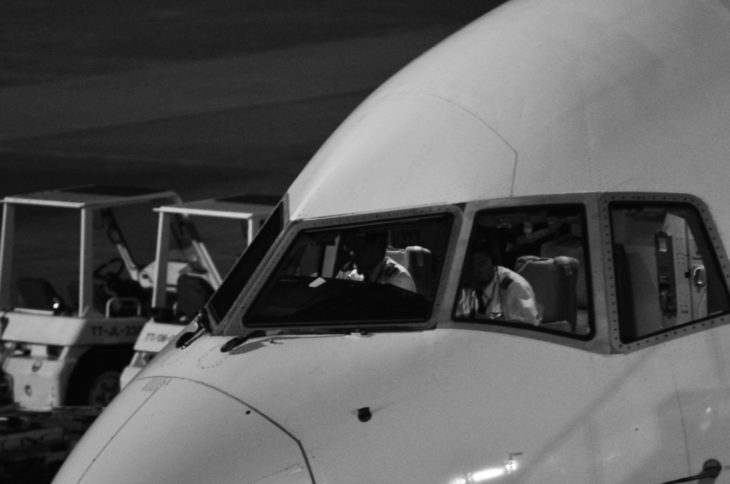
Because of these problem areas, more and more airplane manufacturers are opting for alternative systems for removing rain on the windshield. One of these is a pneumatic rain removal system, which consists of heated air that is aimed at the windshield. This heated air has two main advantages. First, it causes the raindrops to break up into small particles that are blown away easily. Second, it prevents the moisture from freezing, which would cause a new host of problems for the pilots.
With this type of system, the heated air is usually provided by bleed air or by some type of electric blower. It is a user-friendly system that uses technological advances to keep windshields on airplanes clean and clear, regardless of how hard it is raining outside.
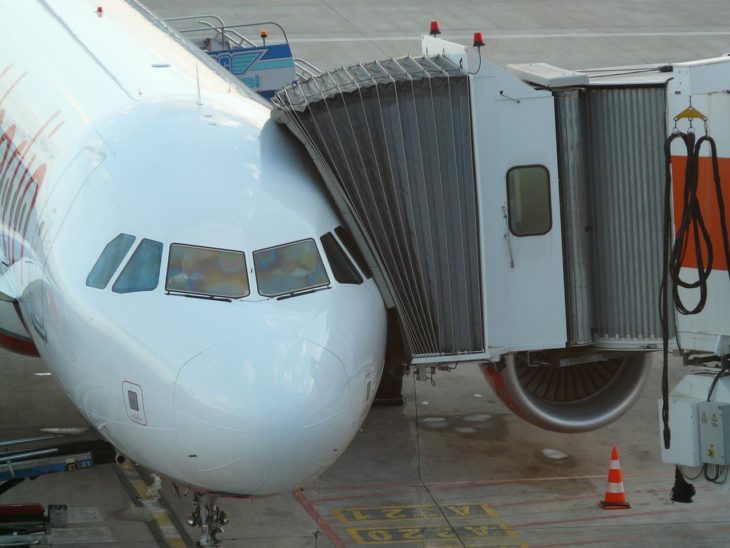
The Design of the Airplane Affects the Windshield
The design of the aircraft also affects the type of rain dispersal system used and, therefore, is usually considered before deciding which type of windshield-clearing system to include in the aircraft. Some of these methods include:
- Windshield wipers that are used along with some type of rain-dispersing agent
- Thin sheets of alcohol spread out on the windshield itself
- Wires that are electrically-heated and embedded into the windshield
Depending on the type of windows the airplane is made with, one or more of these methods is usually used to keep the rain and snow off of windshields. The current Boeing planes have six flat panes of glass, while some of the newer wide-bodied planes have curved glass. The general design and the airflow characteristics of each of these types of windows directly affects the type of rain-repelling system the airplane manufacturer decides to use.
Since most planes have plexiglass windshields, they no longer use regular windshield wiper blades, but instead choose other types of systems. Sometimes, the high speed used by the airplanes is enough to keep the rain from forming on the windshield. Whatever type of plane you find yourself on, it is likely that if they do have windshield wipers, they are only used when they’re on the ground.
Related Posts
